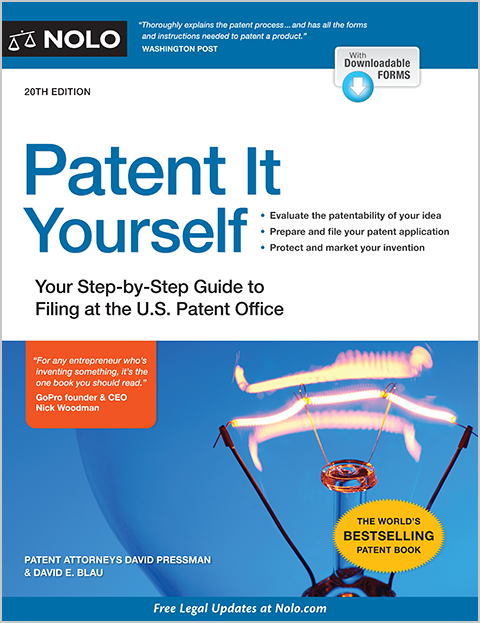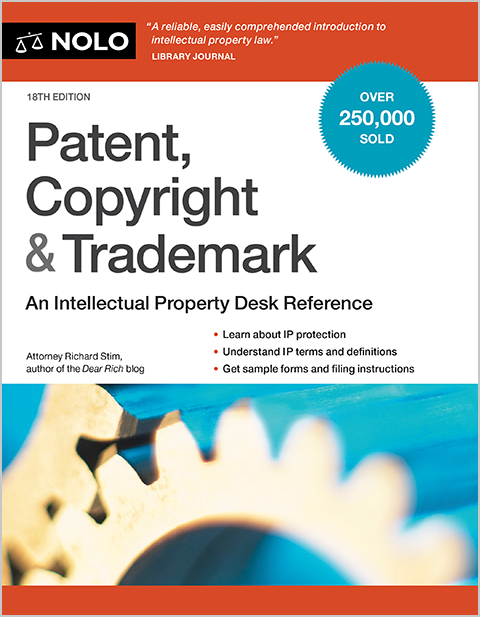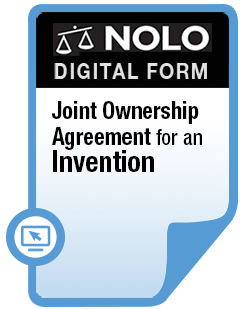There are three types of patents: utility patents, design patents, and plant patents.
Have you created a new invention? You may be able to protect your rights over that invention with a patent. Patents give inventors the exclusive right to create or use their creation for a certain period of time. A patent is granted by the U.S. Patent and Trademark Office (USPTO), the federal agency charged with administering patent applications, that allows the patent owner to maintain a monopoly for a limited period of time (typically 20 years) on the use and development of an invention.
Once the government grants a patent, the owner may enforce it by bringing a patent infringement action (lawsuit) against anyone who makes, uses, or sells the invention without the patent owner's permission.
While patent law is complex, you can quickly grasp the basics of the three primary types of patents about which inventors should be aware:
- utility patents
- design patents, and
- plant patents.
The most common of these types is certainly the utility patent, which covers inventions that function in a unique manner to produce a useful result. When people refer to a "patent," they are usually referring to a utility patent. However, it is helpful to understand the differences among the three.
Learn more about Applying for a Patent.
Understanding Utility Patents
If you have a new, useful invention that is not obvious to others in the field of invention, you might qualify for a utility patent. Utility patents are grouped into five categories: a process, a machine, a manufacture, a composition of matter, or an improvement of an existing idea.
Often, an invention will fall into more than one of these categories. For instance, computer software can usually be described both as a "process" (such as the steps it takes to make the computer do something) and a "machine" (a device that takes information from an input device and moves it to an output device).
Regardless of the number of categories in which an invention falls, only one utility patent may be issued on it.
Among the many types of creative works that might qualify for a utility patent are biological inventions; new chemical formulas, processes, or procedures; computer hardware and peripherals; computer software; cosmetics; electrical inventions; electronic circuits; food inventions; housewares; and industrial machines.
If you acquire a utility patent, you can stop others from making, using, selling and importing the invention. This prohibition is valuable, as it allows you to develop an exclusive market to sell your invention. A utility patent lasts for 20 years from the date that the patent application is filed.
Learn more about Utility Patents.
Understanding Design Patents
If you create a new and original design that ornaments a manufactured device, you may qualify for a design patent. Design patents, which are somewhat less common than utility patents, are outlined by 35 U.S. Code § 171.
A design patent is granted for product designs—for example, an IKEA chair, Keith Haring wallpaper, or a Manolo Blahnik shoe. You can even get a design patent for a computer screen icon.
There are strings attached to a design patent, however. The design must be ornamental or aesthetic; it cannot be functional. Once you acquire a design patent, you can stop others from making, using, selling and importing the design. You can enforce your design patent for only 14 years after it is issued.
Learn more about Design Patents.
Understanding Plant Patents
The least frequently issued type of patent are plant patents—granted for any novel, nonobvious, asexually reproducible plant. Plant patents are outlined by 35 U.S.C. 161. Unless you are a research scientist or agricultural expert, it is somewhat unlikely that you will apply for a plant patent.
What sort of innovation might be covered by a plant patent? Imagine a new method for facilitating asexual reproduction in plants, which is the propagation of a plant to multiply the plant without the use of genetic seeds to assure an exact genetic copy of the plant being reproduced. Any known method of asexual reproduction that renders a true genetic copy of the plant may be employed. This may include cultivating different types of plants to create mutants or hybrids and also newly found seedlings.
This patent protects the owner by keeping other individuals or businesses from creating the type of plant or profiting from the plant for at least 20 years from the date of the application.
Learn more about Plant Patents.
Talk to a Lawyer
Need a lawyer? Start here.
How it Works
- Briefly tell us about your case
- Provide your contact information
- Choose attorneys to contact you
- Briefly tell us about your case
- Provide your contact information
- Choose attorneys to contact you



